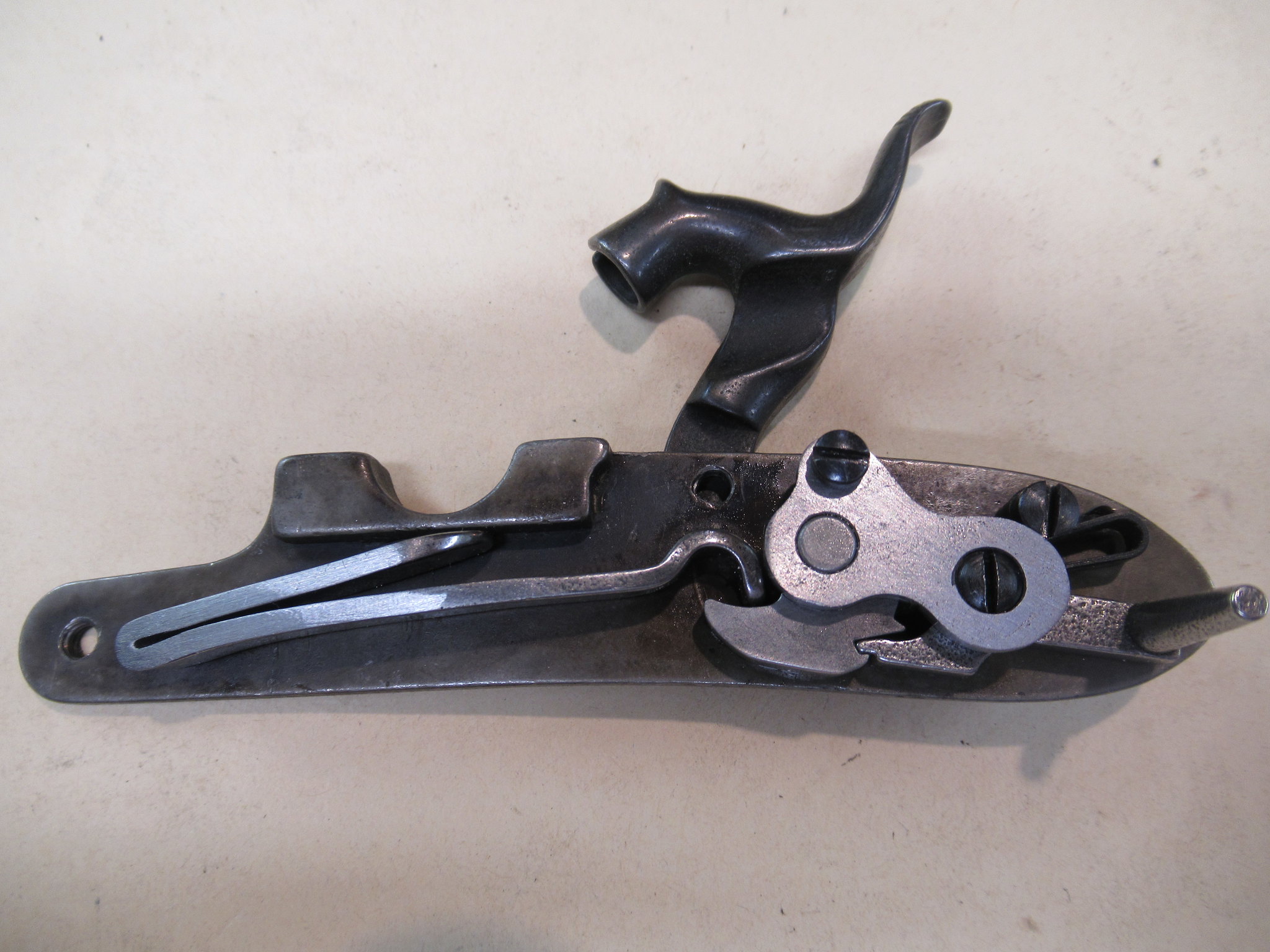I have a book “how to build your own percussion rifle or pistol”. I made my lock plate out of mild steel with only hand tools. It says to use ck60 or car leaf springs for the hammer spring. Is it possible for me to anneal and harden this steel without electric or gas furnace? Also, is there another steel I could use, or a different way to go about this? I keep telling myself people did it with hand tools, fire, and no electricity, so I should be able to also.
Anyways, just need some guidance on whether I’m wasting my time even starting this. Hear is my lock plate. I think I will remake my lock plate out of a different steel. If anyone has any recommendations let me know.
Anyways, just need some guidance on whether I’m wasting my time even starting this. Hear is my lock plate. I think I will remake my lock plate out of a different steel. If anyone has any recommendations let me know.






